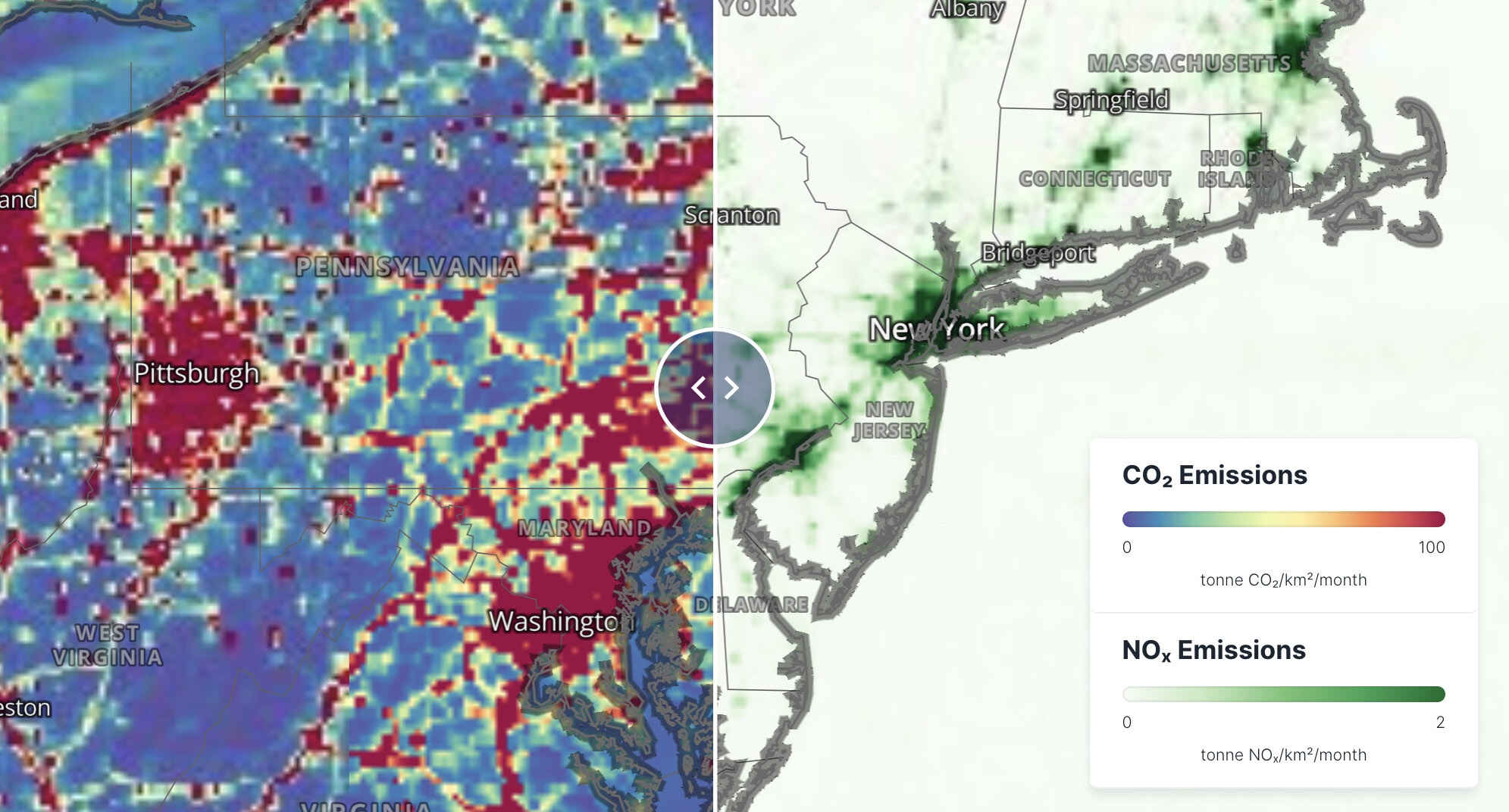A .gov website belongs to an official government organization in the United States.
A lock () or https:// means you've safely connected to the .gov website. Share sensitive information only on official, secure websites.
The Atmospheric Composition Modeling program conducts research on atmospheric composition and its controlling processes aimed at improving models of air quality, weather and climate prediction and reanalysis. Researchers use atmospheric models and observations collected on the ground, in the air, and from space to develop and evaluate innovative ways of describing and simulating the emissions, transport, and chemical evolution of atmospheric pollutants and greenhouse gases at community to regional to global scales. Scientists play key roles in International Global Atmospheric Chemistry (IGAC) activities, including the Global Emissions InitiAtive (GEIA) and the Tropospheric Ozone Assessment Report (TOAR), work to advance the role of atmospheric composition in the Unified Forecast System, NOAA's Geostationary Extended Observations (GeoXO) and NOAA's Joint Polar Satellite System missions, and contribute to the U.S. Greenhouse Gas Center. Scientists work collaboratively with partner institutions on atmospheric composition modeling initiatives, including GRA2PES, CRACMM, MELODIES MONET, and UFS-Chem/CATChem.
